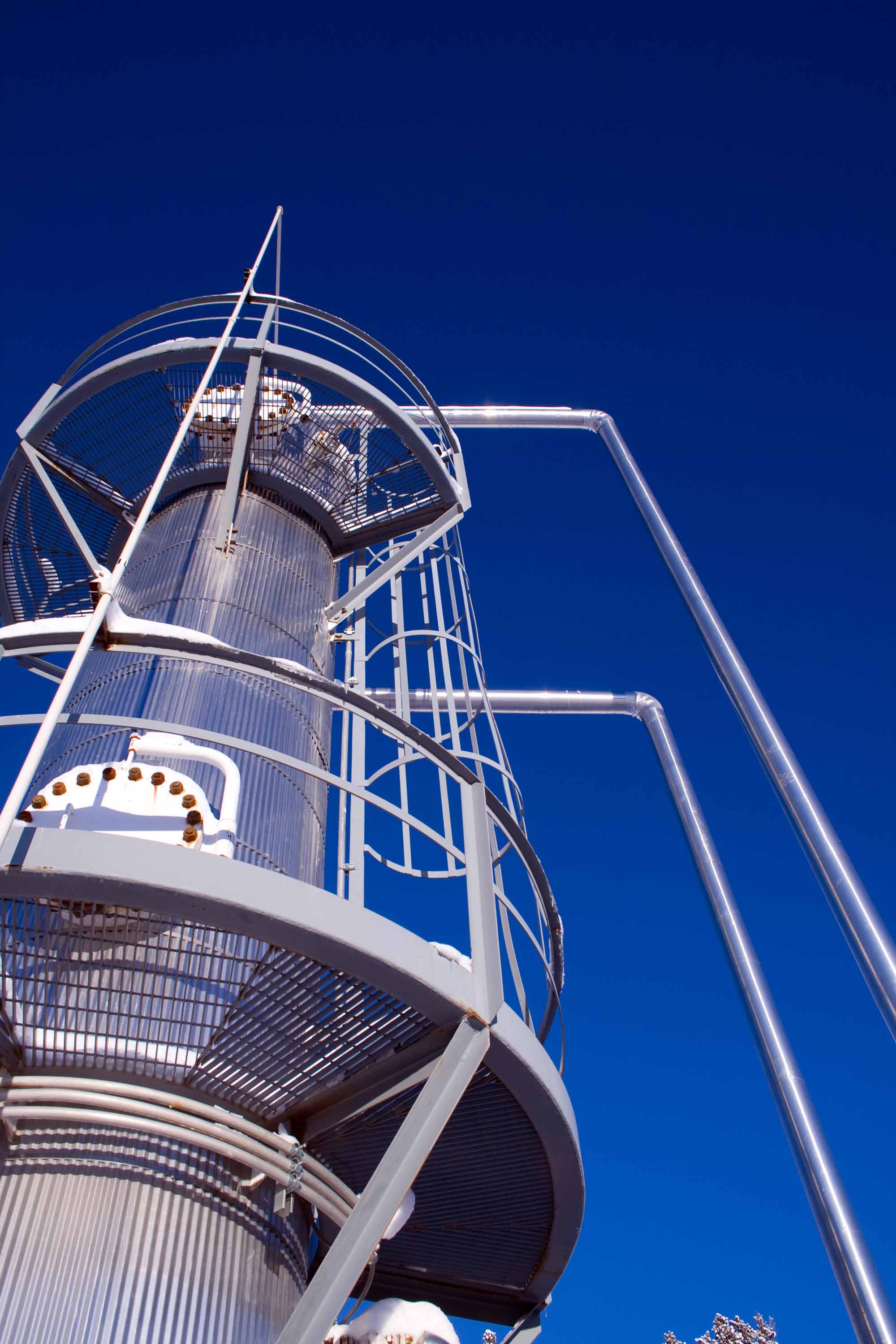Canada is a resource rich country and different natural resources are found across the provinces and territories. Alberta’s natural resources include mountains, lakes, rivers, fossil fuels, forests and agricultural land. These natural resources contribute towards the economies of Alberta and Canada, but there are environmental and health concerns regarding fossil fuel extraction in the province. (See also Oil Sands.)

Types of Natural Resources
Alberta has two major geological areas: the Rocky Mountains and the Western Sedimentary Basin. The Rockies (in the west of the province) offer opportunities for outdoor recreation and ecological tourism. Their spectacular mountain and lake scenery and many freshwater rivers draw people who fish, canoe, kayak and camp. Ecologically protected in Jasper and Banff National Parks, the natural resources of this region provide significant natural benefits and income from tourism.
Alberta has large coal, oil and gas deposits in the Western Sedimentary Basin, which covers most of the province. Its oil resources have been heavily exploited. Energy companies have undertaken large-scale development of the oil sands (or tar sands) in northern Alberta. They extract bitumen through shovelling and drilling, and shale oil and gas through fracking. (See also Petroleum Exploration and Production.) These fossil fuels are transported by pipeline, rail, ship and truck. Alberta is the largest producer of crude oil in Canada and in 2020, the province produced 3.79 million barrels per day of crude oil.
In 2016, Alberta ranked third among the provinces for volume of timber harvested (after British Columbia and Quebec). Substantial areas of high-quality agricultural land cover the southern half of the province, but dry conditions limit agriculture in the southeast.
Challenges
Many people have serious concerns about negative environmental and health effects from fossil-fuel extraction in Alberta’s oil sands. Water contamination, pollution and greenhouse-gas emissions are some of these effects. A 2014 study linked the oil sands to higher cancer rates in the nearby Athabasca Chipewyan and Mikisew Cree First Nations. Oil and gas infrastructure also threatens the wild food sources of Indigenous communities.

 Share on Facebook
Share on Facebook Share on X
Share on X Share by Email
Share by Email Share on Google Classroom
Share on Google Classroom














